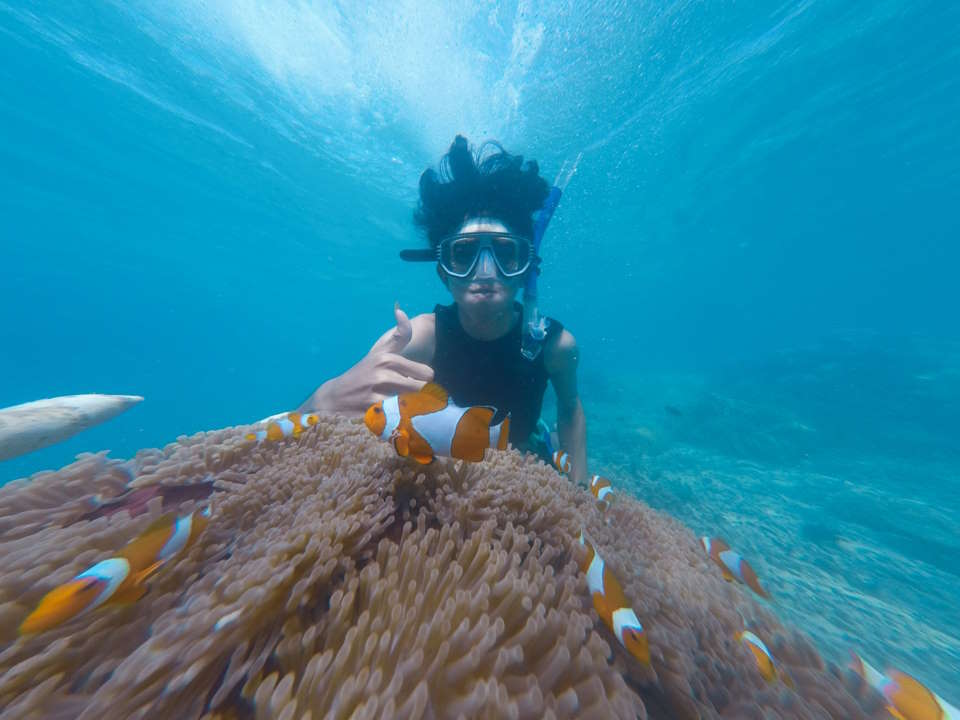Snorkeling is a fantastic way to explore and observe the vivid underwater world without the need for complicated equipment or certifications. All you need is a snorkel, mask, and fins, and you’re ready to start. But how does snorkeling work, and how can you breathe under the water with a simple tube? How long can you continue breathing underwater with a snorkel, and how do you prevent water from entering your snorkel? These are all questions that we’ll answer. Plus, we’ll discuss whether non-swimmers can also engage in snorkeling and if it’s a challenging activity for beginners. So, let’s dive right in and explore the fundamentals of snorkeling.
Introduction
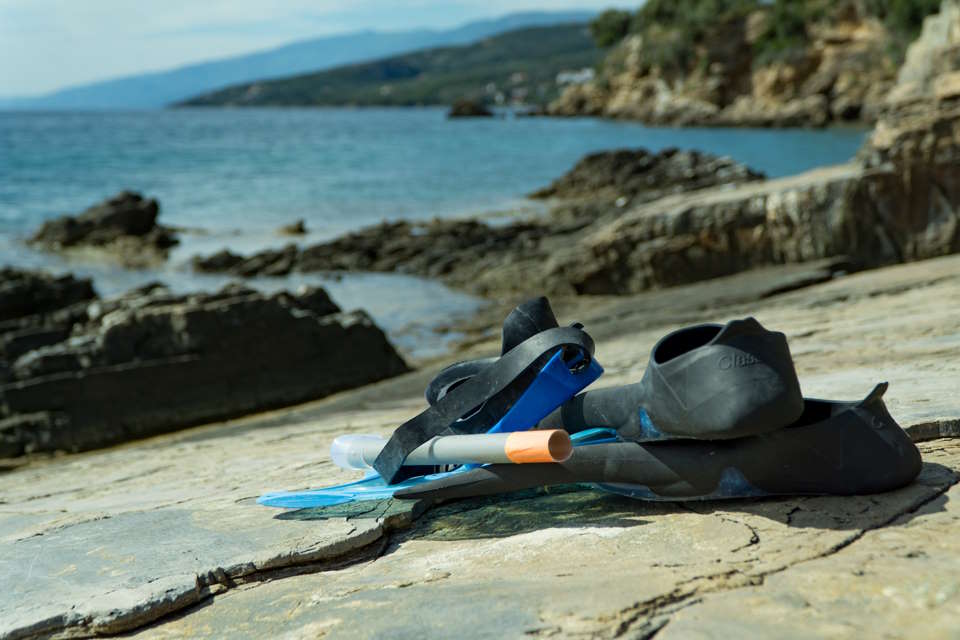
Snorkeling is a fun and easy way to explore the underwater world without the need for heavy and expensive scuba diving equipment. But how does it work? Snorkeling is essentially the process of swimming on the surface of the water and breathing through a tube called a snorkel.
The snorkel is designed with a mouthpiece at one end and a long, curved tube that extends above the water at the other end. When you breathe in through the mouthpiece, you create a vacuum inside the snorkel that draws in air from the surface of the water through the tube. This air is then delivered directly to your mouth and lungs, allowing you to breathe comfortably while keeping your face underwater.
To make the most out of your snorkeling experience, it is important to choose the right kind of equipment. Some snorkels come with additional features like a purge valve or a dry snorkel to prevent water from entering the tube. Similarly, a good pair of swim fins can help you move through the water with ease while a snorkel mask provides a clear and unobstructed view of the underwater world.
- Ensure that the snorkel fits comfortably in your mouth and forms a good seal.
- Use fins to propel yourself through the water efficiently and with minimal effort.
- Choose a snorkel mask that fits snugly on your face and does not leak.
How Does a Snorkel Let You Breathe Underwater?
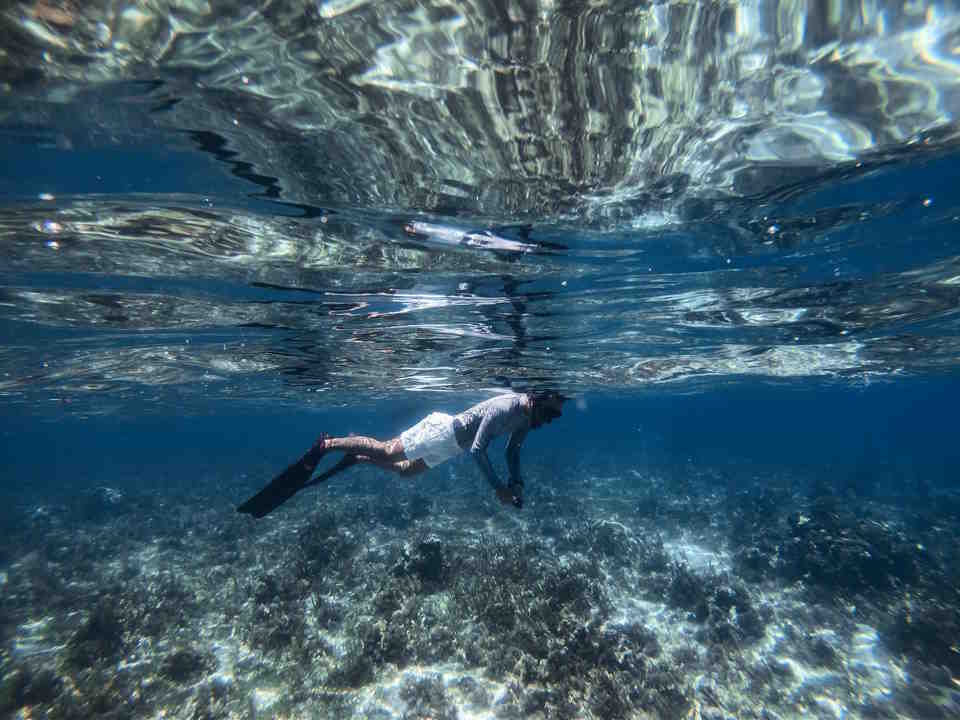
Snorkeling is a water-based activity that allows people to explore the underwater world while swimming on the surface. One of the essential pieces of equipment used during snorkeling is the snorkel, a J-shaped tube typically made of plastic or rubber. The snorkel enables snorkelers to breathe while their face is submerged in water.
The snorkel works by using a simple physics principle called the Boyle’s Law that states that the pressure of a gas decreases as its volume increases. When a snorkeler takes a deep breath through the snorkel tube, they expand the volume of air inside the tube, which eventually reduces the air pressure to below the water level outside the tube. This low-pressure environment allows the water to be forced out of the tube’s open end, creating a vacuum in the tube.
- Here are the three primary components that enable a snorkel to function properly:
- The J-shaped tube that connects the snorkeler’s mouth to the open end of the tube above the water’s surface.
- A purge valve located at the bottom of the snorkel tube that helps to clear out any water that enters the tube.
- A mouthpiece that fits snugly inside the snorkeler’s mouth, forming a tight seal that prevents water from entering the breathing passage.
When a snorkeler exhales through the snorkel tube, the expelled air mixes with the low-pressure environment inside the tube, creating a balance of pressure between the inside and outside of the tube. As a result, the air inside the tube stays clean and dry, making it easy for the snorkeler to breathe continuously while exploring the underwater world.
How Long Can You Breathe Underwater With a Snorkel?
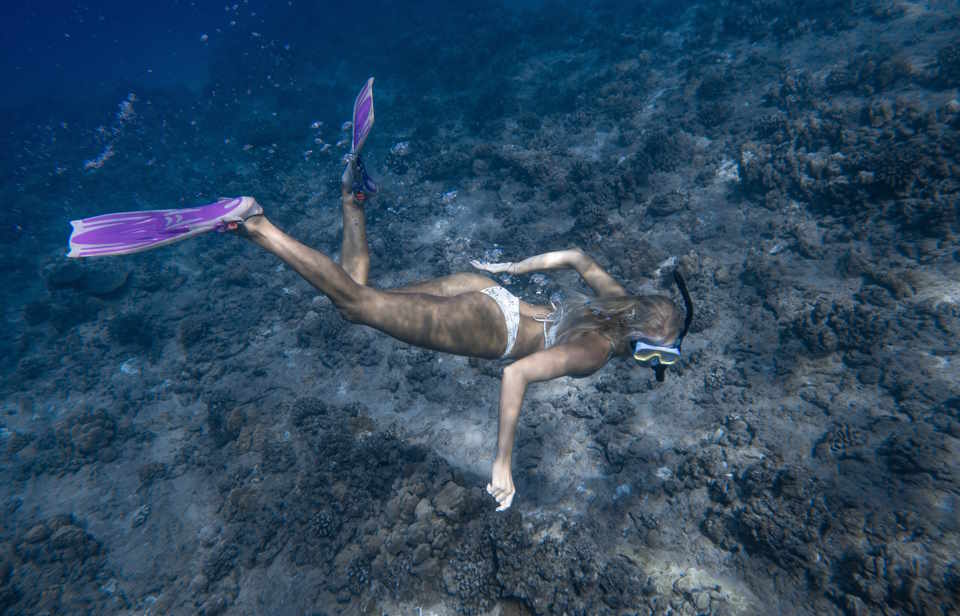
Snorkeling is a fun and exciting activity for people of all ages. Snorkeling equipment, such as a mask, fins, and a snorkel, allow you to explore the underwater world without having to hold your breath. But, have you ever wondered how long you can actually breathe underwater with a snorkel?
The answer to this question depends on several factors, such as your physical fitness level and lung capacity. On average, a person can hold their breath for about 30 seconds to 2 minutes while snorkeling with a snorkel. However, with proper techniques, you can extend your underwater breathing time significantly.
One of the most important factors in increasing your underwater breathing time is proper breathing techniques. You should practice deep breathing before you start snorkeling to increase your lung capacity. In addition, you should breathe slowly and deeply using your diaphragm rather than your chest. This technique will help you conserve your oxygen and extend your underwater time.
- Another important factor is relaxation. When you’re relaxed, your body uses oxygen more efficiently. So, make sure to take your time and don’t rush while snorkeling. If you feel like you need to rest, you can always float on your back and take a few deep breaths.
- Lastly, the depth of the water can also affect your breathing time. The deeper you go, the more pressure there is on your lungs, which can make it harder to breathe. Therefore, it’s recommended that you stay at a shallow depth while snorkeling to maximize your breathing time.
How Do You Snorkel Without Swallowing Water?
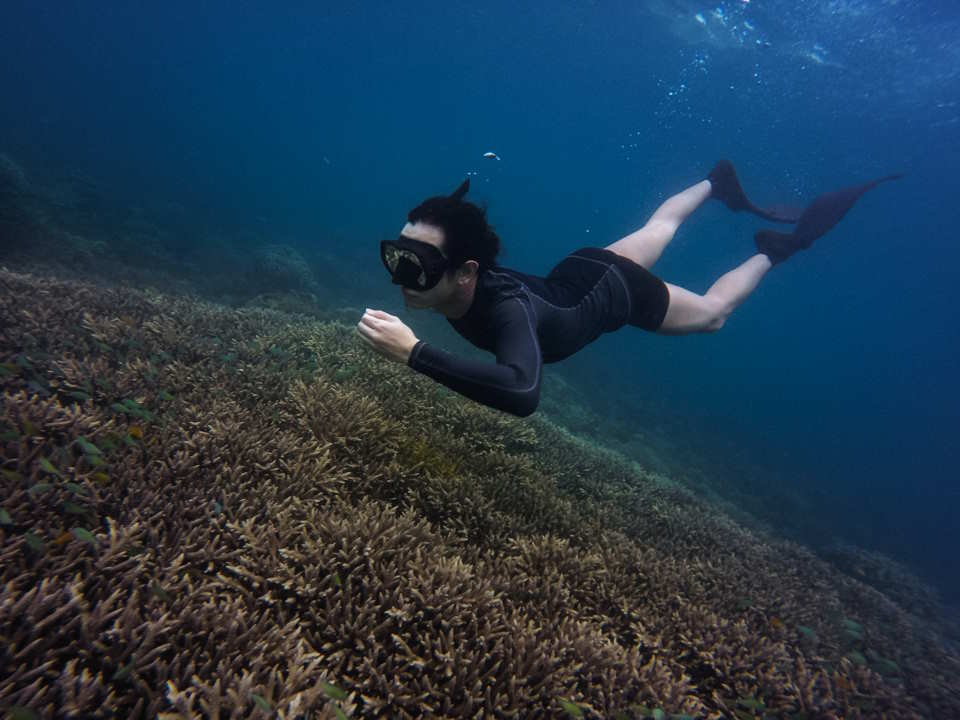
Snorkeling is a fun and exciting way to explore the underwater world. However, one of the biggest challenges that beginners face is how to snorkel without swallowing water. Swallowing water while trying to breathe through a snorkel can be uncomfortable, scary, and even dangerous. But with the right technique and some practice, you can learn how to snorkel without any hassle. Here are some tips on how to prevent swallowing water while snorkeling.
- Choose the right equipment: Before you start snorkeling, it’s essential to ensure that you have the right gear. A snorkel that fits properly and is the right length can help prevent water from entering your mouth. Look for a snorkel with a comfortable mouthpiece that fits snugly in your mouth.
- Breathe slowly and deeply: While snorkeling, it’s crucial to breathe slowly and deeply. Take long, slow breaths in and out using your diaphragm. This technique helps you conserve oxygen, stay relaxed, and reduce the likelihood of accidentally swallowing water.
- Keep your head down: When snorkeling, try to keep your head down, facing the water, and look straight ahead. This position helps you maintain a natural breathing pattern and prevents water from entering the snorkel tube. Avoid tilting your head back, as this can cause the mouthpiece to fall out of your mouth, and water can quickly enter the tube.
Remember that learning how to snorkel without swallowing water takes practice. Take your time getting comfortable with your gear, and don’t rush into deeper waters until you feel confident. With the right technique, you can explore the fascinating underwater world while snorkeling, without worrying about swallowing water.
Why Can’t You Snorkel Deep?

Snorkeling is a fun and exciting way to explore the underwater world. It allows you to see a variety of marine life without the need for any extensive training or equipment. However, as much as we enjoy the experience of snorkeling, we cannot dive too deep into the water. Here’s why.
A snorkel is a tube that protrudes above the water’s surface, allowing the snorkeler to breathe in air from the atmosphere while their face is submerged underwater. Snorkelers can only breathe air from the top portion of the snorkel tube. As you go deeper in the water, the pressure increases, making it harder to breathe through the snorkel tube as the air is compressed. Eventually, the pressure on your chest becomes too much to handle, leading to difficulty in breathing.
- Further, going deep while snorkeling puts significant pressure on your body. Ordinary snorkel tubes only allow one to venture about 3 to 6 feet below the water surface as going any lower can lead to ear and lung injuries due to the pressure.
- The human body is not designed to withstand the pressure of deep water for extended periods. This makes it challenging to stay for longer periods underwater without specialized equipment and experience.
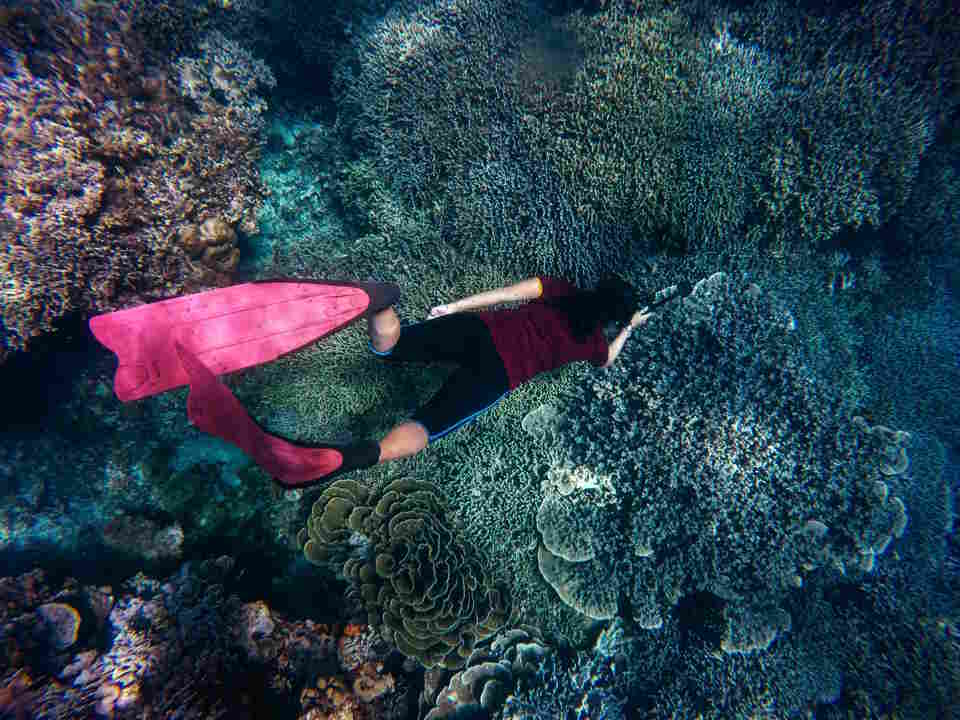
| Depth in feet | Pressure in pounds per square inch |
|---|---|
| 0-5 | 14.7 |
| 20 | 58.8 |
| 40 | 102.6 |
| 60 | 147.2 |
| 80 | 191.7 |
As you can see in the table above, as you go deeper in the water, the pressure increases, which makes it harder to breathe through a snorkel. So, make sure that you don’t venture too deep into the water and follow the instructions provided by professional snorkeling operators. Stay safe and have fun exploring the underwater world!
Can Non Swimmers Do Snorkeling?
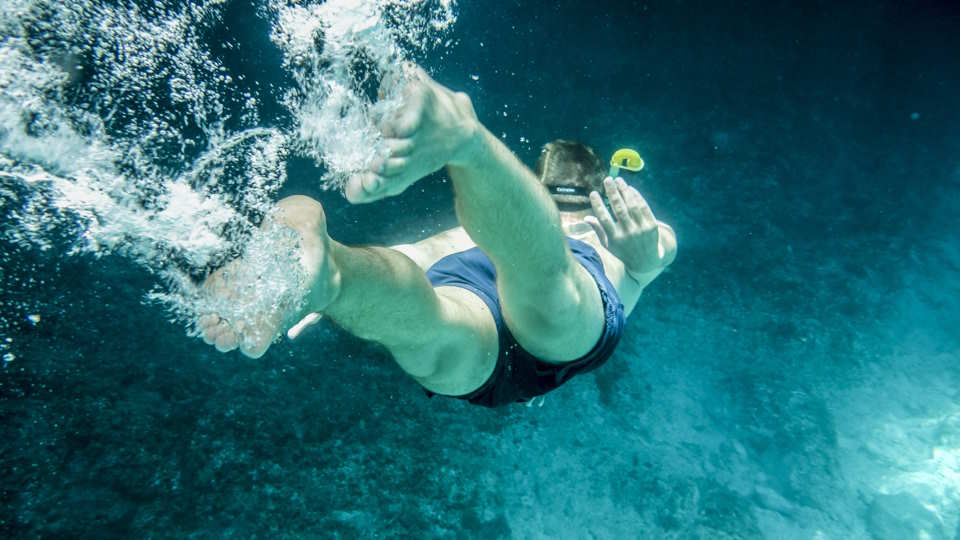
Snorkeling is a popular activity for many beach-goers and ocean enthusiasts. It involves swimming on the surface of the water while wearing a mask and a snorkel to be able to see and breathe underwater. Snorkeling is a great way to explore the underwater world without the need for scuba gear or extensive training.
One common question that arises regarding snorkeling is whether non-swimmers can participate in this activity. The answer is yes, but it’s important to take necessary precautions and follow some basic guidelines to ensure safety and enjoyment.
- Don’t Go Alone: If you are a non-swimmer, it’s important to have a partner or a snorkeling guide with you. They can assist you in case of any emergency and watch over you while you explore the underwater world.
- Choose Shallow Water: Non-swimmers should always stick to shallow water, where they can stand and touch the bottom. This helps prevent any panic or anxiety attacks, as one can easily stand up and take a break if needed.
- Wear a Life Jacket: Wearing a life jacket can provide an extra layer of safety and security, even if you are snorkeling in shallow water. The life jacket will keep you afloat and provide you with the necessary buoyancy to explore the underwater world with ease.
Is Snorkeling Difficult?
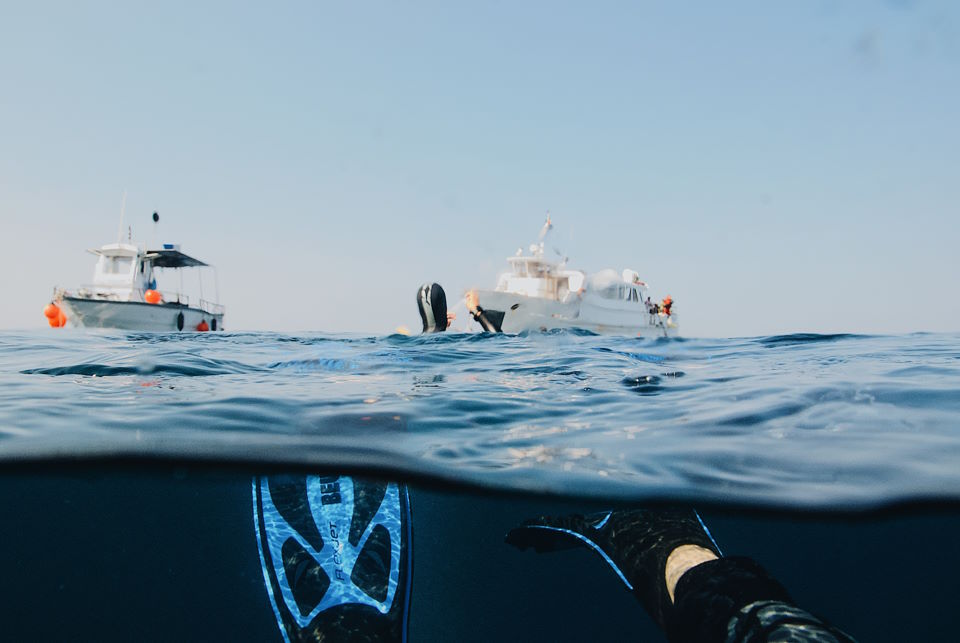
Snorkeling is an excellent way to explore the beauty underneath the water surface of the ocean, rivers, and lakes. It involves swimming with the help of a snorkel and a mask that allows you to breathe underwater. One of the frequently asked questions by newbies is whether snorkeling is difficult or not. Well, the answer is, it depends.
While snorkeling can be an easy and enjoyable experience for many, it can also be challenging for some. The level of difficulty depends on several factors, including your swimming skills, water conditions, physical fitness, and the equipment you use.
- Swimming Skills: If you are a confident swimmer, you will likely find snorkeling less challenging. However, if you struggle with swimming or are scared of water, snorkeling can be a more daunting task.
- Water Conditions: The water’s condition can also affect the difficulty level of snorkeling. The clearer the water, the better the visibility, making it easier to spot marine life. In contrast, rough currents, high waves, and murky water can make it challenging to see and breathe.
- Physical Fitness: Snorkeling can be physically demanding, requiring a considerable amount of energy and exertion. If you have any physical limitations, such as asthma, back pain, or knee problems, snorkeling can be more challenging.
In conclusion, whether snorkeling is difficult depends on various factors. By considering your swimming skills, water conditions, and physical fitness, you can better plan and enjoy your snorkeling experience. If you are unsure about your swimming abilities, it’s always best to take a guided tour with experienced professionals.

